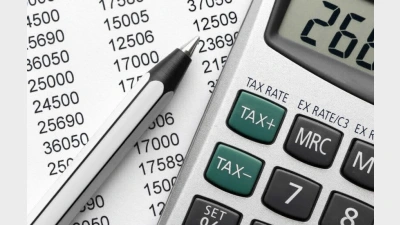Superannuation growth funds fall in June



Australian superannuation growth funds have posted falls in June, with the median fund returning -1.1 per cent for the month, according to Morningstar.
The Australian Superannuation Survey, which covers the performance of the Australian retirement savings vehicles to June 30, 2016, revealed that the individual results ranged from 0.5 down to -2.6 per cent.
At the same time, median results over the longer term for growth funds were 8.1 per cent over the three years, and 8.2 per cent and five per cent over the five and 10 years, respectively.
According to Morningstar's study, the best-performing growth fund for the year, returning 5.3 per cent, was REI Super Balanced, followed by AustralianSuper Conservative Balanced (4.9 per cent) and Energy Super Balanced (4.5 per cent).
As far as the balanced superfunds were concerned, the best-performer for the year in June was AustralianSuper Stable (5.2 per cent), followed by Australian Ethical Balanced and Energy Super Capital Guaranteed (both 4.2 per cent).
Growth assets produced mixed results in June, with Australian listed property being the best-performing asset class (3.5 per cent), followed by global listed property (2.6 percent), Australian equities (-2.4 percent), and global equities (-3.8 percent).
Meanwhile, multisector growth superfunds' average allocation to equities was 57.8 per cent: 27.4 per cent Australian and 30.4 per cent global, while the average property exposure was 10.3 per cent.
Recommended for you
The proposed changes to the Low-Income Superannuation Tax Offset (LISTO) has been applauded by the superannuation sector.
The regulator plans to claim compensation from Equity Trustees after Macquarie’s payout to affected Shield investors.
Morningstar has found the Your Future, Your Super test delivering fewer failures, but warned against complacency as regulators review its design.
Super funds have recorded modest gains in September as global equity strength and an AI-driven rally lifted investment returns.









